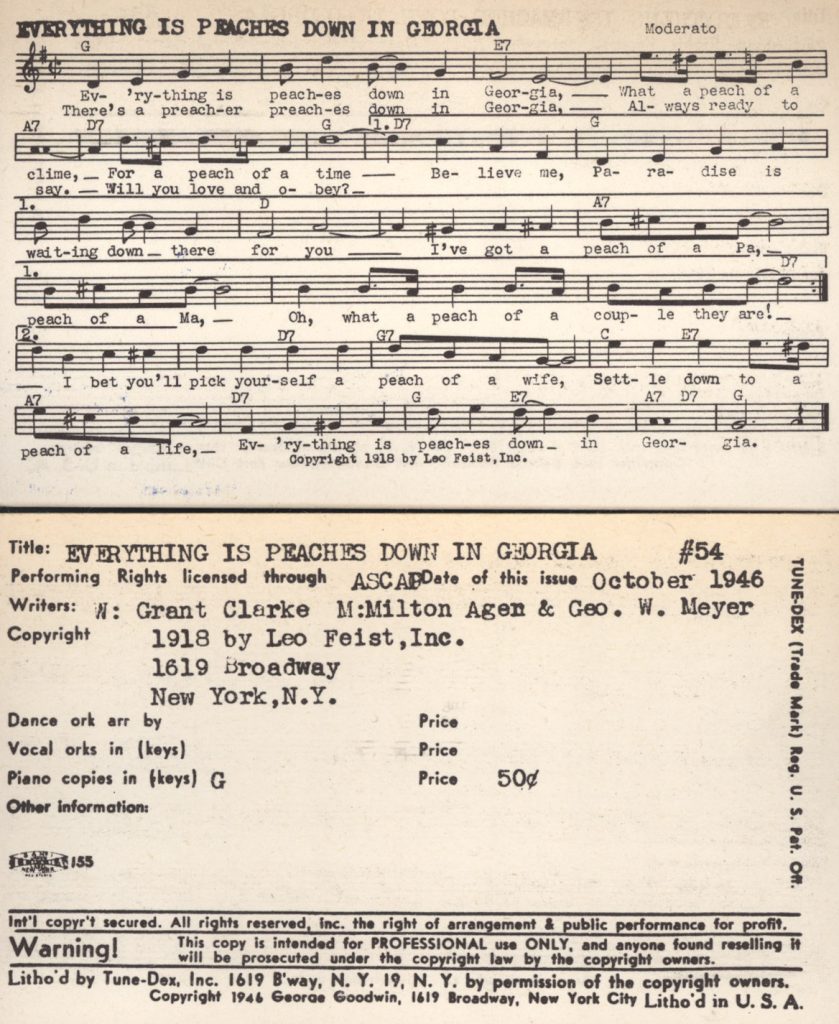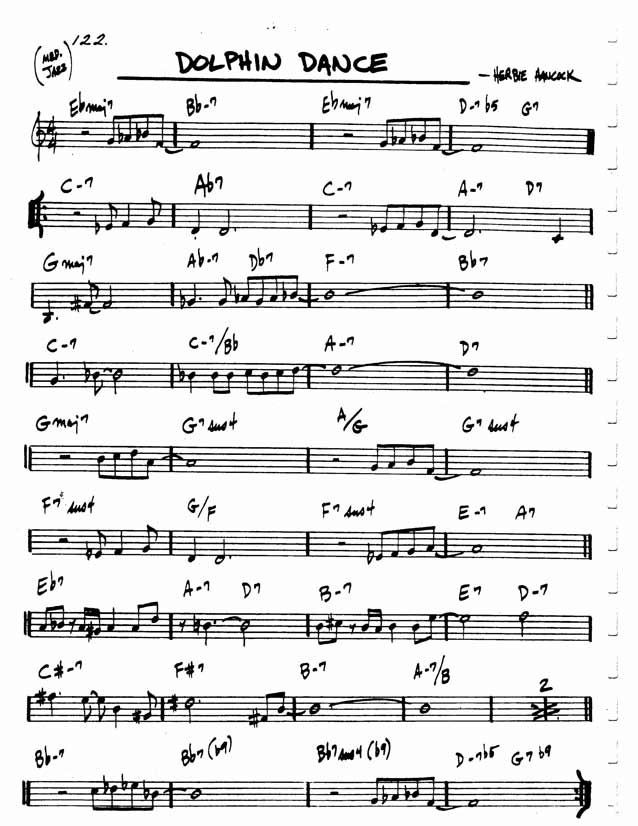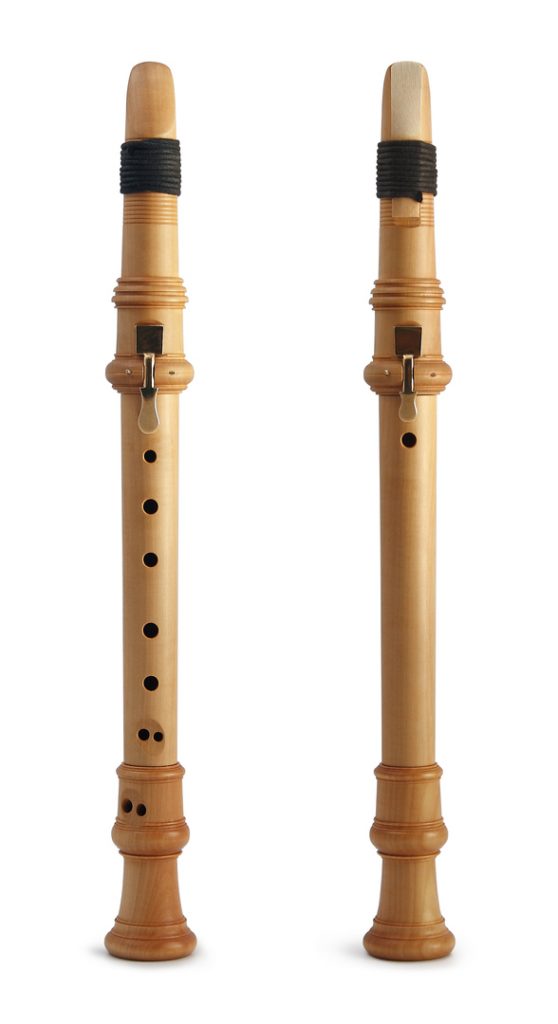With it’s glamorous curves, intricate mechanics and gorgeous engravings of endless flowers and angels what’s a harp and it’s frame without its strings? All forty seven strings of guts, wires, and nylons. Despite the harp’s scarcity among orchestras, the same harp that appears in the many fairy tales of our childhoods and stories of national treasure hunts can be traced back to as early as 3000 BC being one of the oldest instruments in recorded history. First originating from the Egyptian bow and arrow, the aesthetics and the mechanics of the harp have long since changed. One of the greatest features of this grand instrument that underwent great change are the strings.
Some of the earliest harps that were made are known to have had strings of “possibly hair and plant fibre” and only eight to ten strings on each harp unlike the harps with forty seven today. Aside from the improvement of the actual instrument’s structure and mechanics, the growth of knowledge and understanding in the production of the actual strings has come a long way. A harp can be forever constant, but its strings are ever changing. No two strings are ever the same and once one breaks, it must be replaced. Through the journey it took for the harp strings of today, harp makers began to question and innovate on many factors; how sound volume could be created best and with what materials, how much tension and length each material needed in order to create a certain pitch. These questions led harp strings to change from common natural resources to more sophisticated materials and processes of production over a span of 5,000 plus years.
From 3000 BC to around 1500 BC the harp moved traveled into Asia from Egypt acquiring new features of pitch bending and different types of string. During this time Egyptians had already discovered how to create gut strings from animal intestines specifically sheep. The earliest appearance of these gut strings date back to as early as 1350 BC. Gut strings are what make the harp have its round and mellow sound. This is extremely impressive because the process of making gut strings is extremely strenuous.
Creating inspirations of sweet harp music, the instrument soon found its way into Europe around the ninth century. By this time the strings had been through many types of harp frames, double action, triangle, etc. Material for harp strings began to change to metals such as copper and brass. A lot of the strings nowadays still use these types of wire strings, specifically in the lower register of the harp. Wire strings in the ninth century created a deeper sound than gut strings and was used predominantly in Celtic music.
Fast forward to the early nineteenth century with now having both wire and gut strings on the harp around the 1940s the nylon strings were added. This is located in the highest register of the harp, giving a bright and light sound to this instrument. Back then europeans used extremely thin metal strings for the high register notes but nylon was made mainstream after its discovery in the 1930s.
Over the span of these years what makes harp strings the strings they are now are not only the days it takes to manufacture strings, but also the past origins of knowledge used to create the string, the ears of the musicians to get the strings at the right thickness and the practice of the string makers to make the string perfect. With the harp being one of the oldest recorded instrument in all of history, we are able to see its transformation over centuries worth of time. Looking at this from a new perspective, the harp strings sitting in my practice room didn’t just come from the company I ordered online from. They trace back to the factory that manufactured it, which then traces back to the people that were taught this practice in Europe, which then traces back to all the musicians and mechanics that made changes to improve this product from harp makers tracing all the way back to the early recorded days of the instrument, in Egypt. That’s wild.
Sources:
http://www.internationalharpmuseum.org/visit/history.html
https://manufacturing.dustystrings.com/blog/inside-shop-making-harp-strings
http://harp.wikia.com/wiki/Harp_Strings












